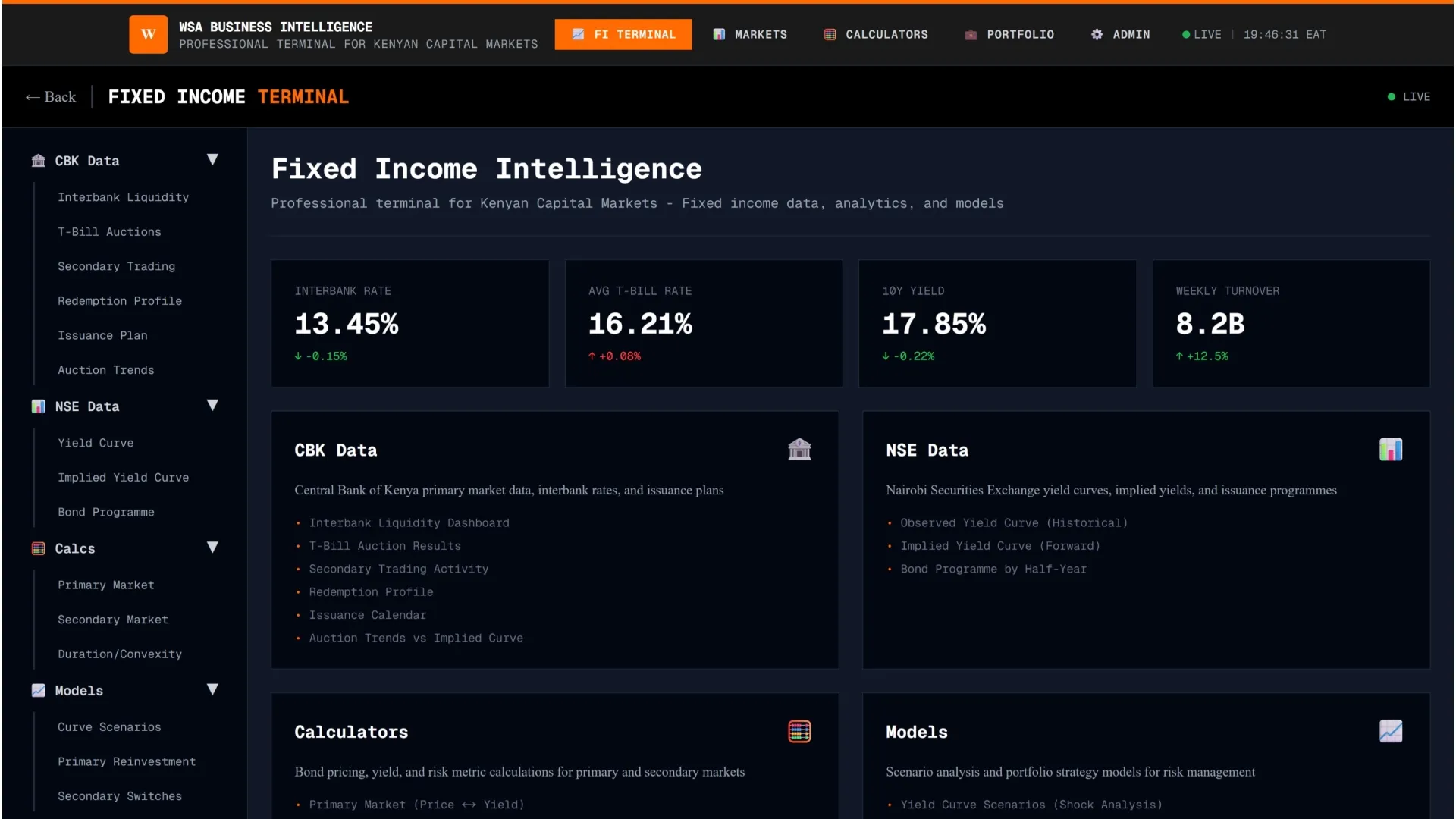The share of East African Community (EAC) trade with the West African-bloc ECOWAS nearly doubled in the first quarter of 2025, rising from 0.7% to 1.3% in the period, highlighting expanding commercial ties and increasing momentum in intra-African trade.
- •The trend is part of a broader success story for the EAC, which saw its total trade increase by 22.9%, from US$28.1 billion in the first quarter of 2024 to a new total of US$34.5 billion in the same period of 2025.
- •The growth was primarily propelled by a robust export performance across the region, fueled by domestic exports, which increased by 48.1%, and re-exports, which rose by 32.4%.
- •Total exports surged by 47.3% to US$17.7 billion, while imports grew at a more modest rate of 4.6% to US$16.8 billion.
The EAC’s trade with other African countries increased by 53.9%, from US$6.1 billion in Q1 2024 to US$9.5 billion in Q1 2025. This means that trade with the rest of Africa now accounts for 27.5% of the region’s total trade.
Total trade with the Common Market for Eastern and Southern Africa (COMESA) stood at 13.2%, while trade with the Southern African Development Community (SADC) accounted for 17.3% of the total.
China retained its position as the EAC’s largest trading partner during the quarter, followed by the United Arab Emirates, India, South Africa and Japan. For the first time in recent reporting periods, the region recorded a trade surplus of US$ 1.8 billion with China.
This was driven by a notable increase in exports to the Chinese market and a slight decline in imports. Other key export destinations included South Africa, Hong Kong and Singapore, while imports were largely dominated by petroleum products, vehicles, machinery and plastics. Base metals, minerals, agricultural goods, precious stones and machinery together accounted for more than half of the region’s total trade value.
Inflationary Pressures
The bulletin also shows that inflation remains a key challenge. Annual headline inflation in the EAC region, as measured by the Harmonised Consumer Price Index (EAC-HCPI), stood at 27.0% in March 2025, down from 30.6% in February. In comparison, the rate was 6.7% in March 2024. Month-on-month headline inflation was 0.2% in March, compared to minus 0.5% in February 2025.
“The annual average headline inflation for the 2024 calendar year stood at 13.5%, up from 6.3% in 2023,” states the Bulletin. “This was largely driven by high inflation levels in South Sudan and Burundi, which stood at 99.9% and 20.8% respectively.”
Core inflation, which excludes food and energy prices, stood at 28.9% in March 2025, while food inflation was recorded at 49.4% for the month of March 2025 down from 55.6% registered in February 2025. Energy and utility inflation remained relatively stable at 3.3%.




